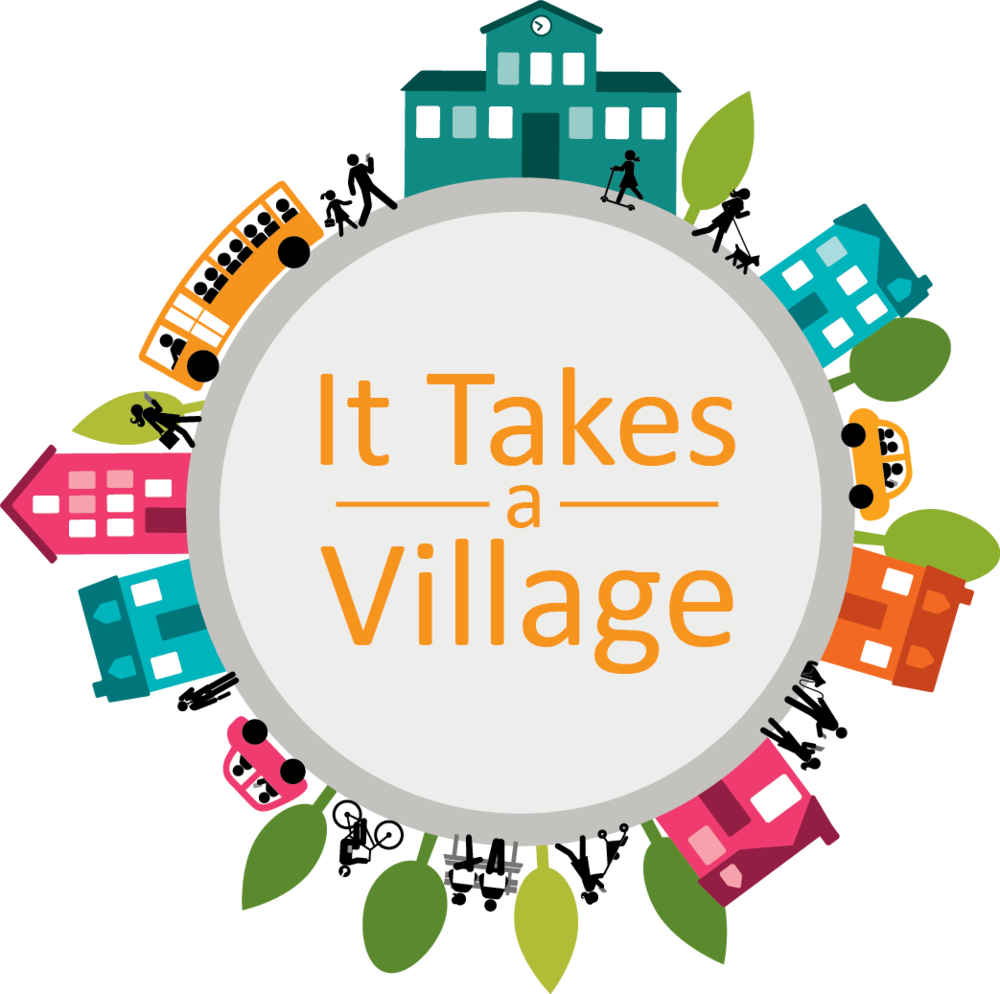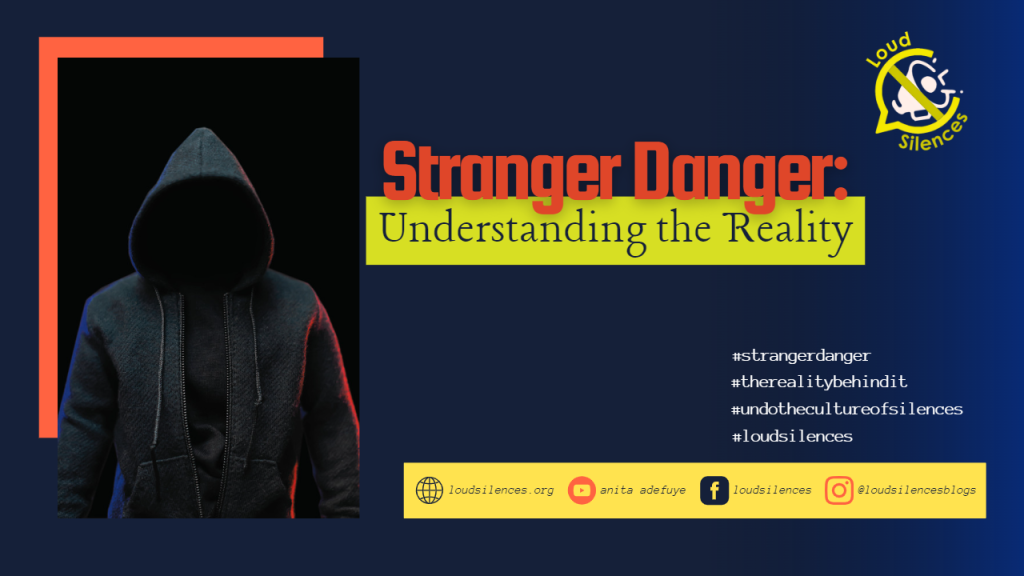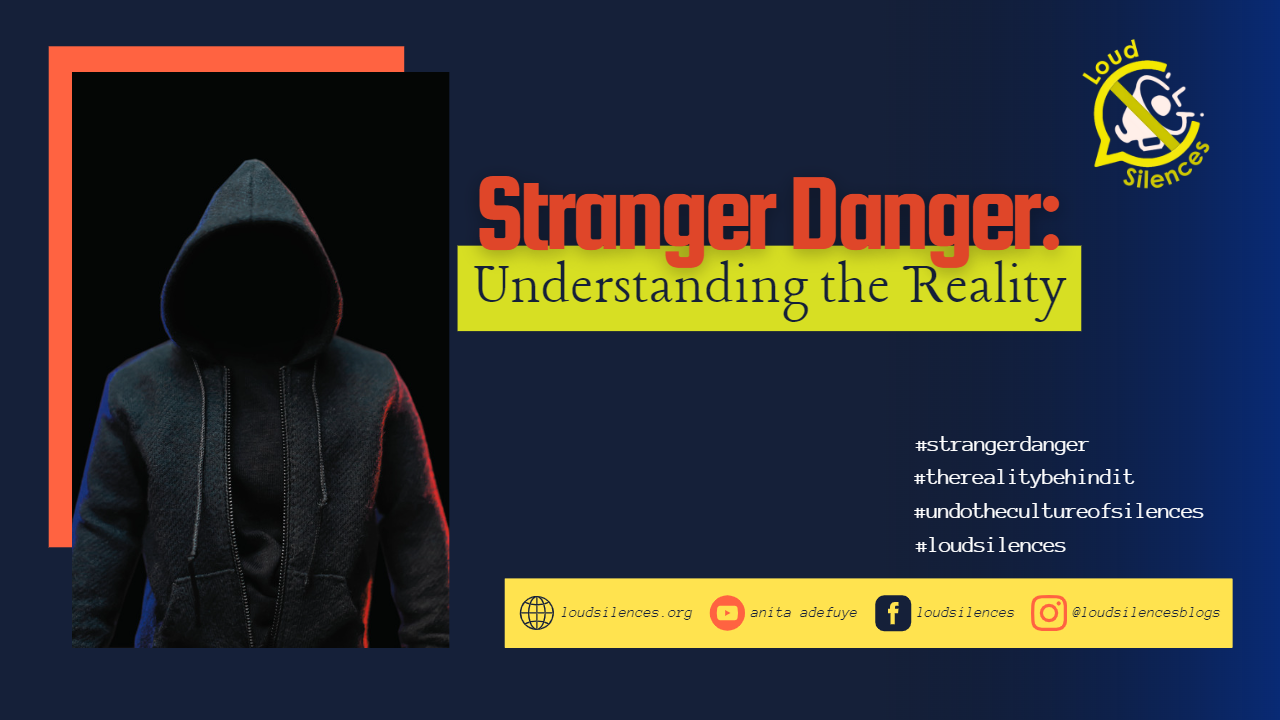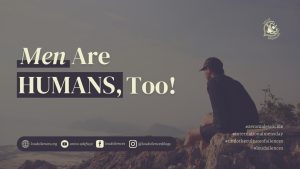As children, we were often taught to be wary of strangers. We were taught to avoid talking to them, accepting gifts or rides from them, and to seek help from trusted adults if we ever felt unsafe. But how much of the “stranger danger” concept is actually based on reality? While people we are not familiar with could be dangerous, we often forget that the people closest to us could be the real danger.
In this blog post, we will explore the reality concerning stranger danger and what parents and children can do to stay safe.
The Reality of Stranger Danger
I have been told many times that when a stranger offers to give me food, I should reject it because it could be a form to lure me away so I could be kidnapped, or it could be poisoned (yeah, the Nigerian mentality). While this may be true and the intention was to assist me in being vigilant and alert in my environment, it also brought about a sense of anxiety and apprehension when encountering anyone. Unknown to many parents and guardians, promoting the idea of ‘stranger danger’ can make children fearful of everyone.
The reality is that most child abductions are not committed by strangers. According to the National Center for Missing and Exploited Children only 1% of non-family-related abductions involve a stranger taking a child. Many abductions are committed by someone the child knows, such as a family member or acquaintance or friends.
This is not to say that children should not be cautious around strangers, but it is important to understand that the greatest threat usually comes from people they already know.
Teaching Children About Safety
“The fact is, stranger does NOT necessarily equal danger“
Child Lures Prevention
There is an understandable intention when parents warn their children of stranger danger. However, children can only discern danger, not who is dangerous. For many of them, they do not understand what a “stranger” is. Moreover, parents converse with “strangers” all the time – by the side of the road, in the gas station, etc. As far as they are concerned, a stranger is a monster out to get them.

So, how can parents teach their children about staying safe?
1. Discuss about comfortability and unsafety
First and foremost, parents should talk to their children about what to do if they ever feel uncomfortable or unsafe. Children should know who they can turn to for help and how to reach out to them.
2. Discuss about boundaries
Parents should also teach their children about boundaries and encourage them to speak up if someone crosses those boundaries. It is important that children understand that they have the right to say NO to anything that makes them feel uncomfortable, even if it is a relative or someone they know well.
3. Be a role model
Parents should model safe behaviors themselves, such as being aware of their surroundings and not putting themselves in risky situations. Children often learn best by example. So, if parents demonstrate safe behaviors, their children are more likely to follow in their footsteps.
4. Practice role-playing
Additionally, give them situational scenarios and solutions to those scenarios. There is a difference between solely instructing your children to stay away from strangers and explaining why and how they should avoid dangerous situations. Some examples of situational scenarios are:
Q: “What will you do if someone wants you look for a puppy for them?”
A: “I will look for Mommy or Daddy or whoever I am with and come get you.”
Q: “What will you do if someone pulls up telling you I’m in the hospital and you need to go with them?”
A: “I will ask for the family code word.”
Point to note: Every family should have a code word or code words (depending on the situation) for safety reasons.
For more role-playing scenarios, visit this site.
The Importance of Community
Being safe is not just about locking doors and keeping an eye out for strangers. It’s also about building a strong community around you. For example, when you have a good relationship with your neighbors and have adults around that you trust, you feel safer and more secure.

Parents, you can encourage your kids to get to know the people around them. Introduce them to the friendly neighbor next door or encourage them to say hello to the crossing guard on the way to school. You can also organize fun events like block parties or BBQs to build a sense of community with others.
Creating a sense of community fosters a feeling of belonging and mutual support among acquaintances and neighbors.
You can also consider setting up a neighborhood watch group. It’s a great way to keep an eye out for anything suspicious and to work together to make the community a safer place.
“It may take a village to raise a child, but it takes a community to keep everyone safe.“
Feranmi Ademola
Takeaway
While the concept of “stranger danger” is important for children to understand, it is also important for parents to teach their children about the reality of child abductions. By focusing on building a sense of community and teaching children about boundaries and safety, parents can help their children stay safe from both strangers and people they already know. It is important for parents to have open and honest conversations with their children about staying safe and to model safe behaviors themselves.
Remember, the best way to protect children is to empower them with knowledge and resources.
— Temiloluwa Oyelami
By educating children about safety and building strong communities, we can work together to create a safer world for our children.
Stay safe!

And I bet you haven’t already, so be sure to grab a copy of Reve-Healed. It’s definitely worth checking out!
Undo the culture of silences with us, so many can be aware and learn. Share your stories with us below.
Check out more of our blog posts!







Leave a Reply